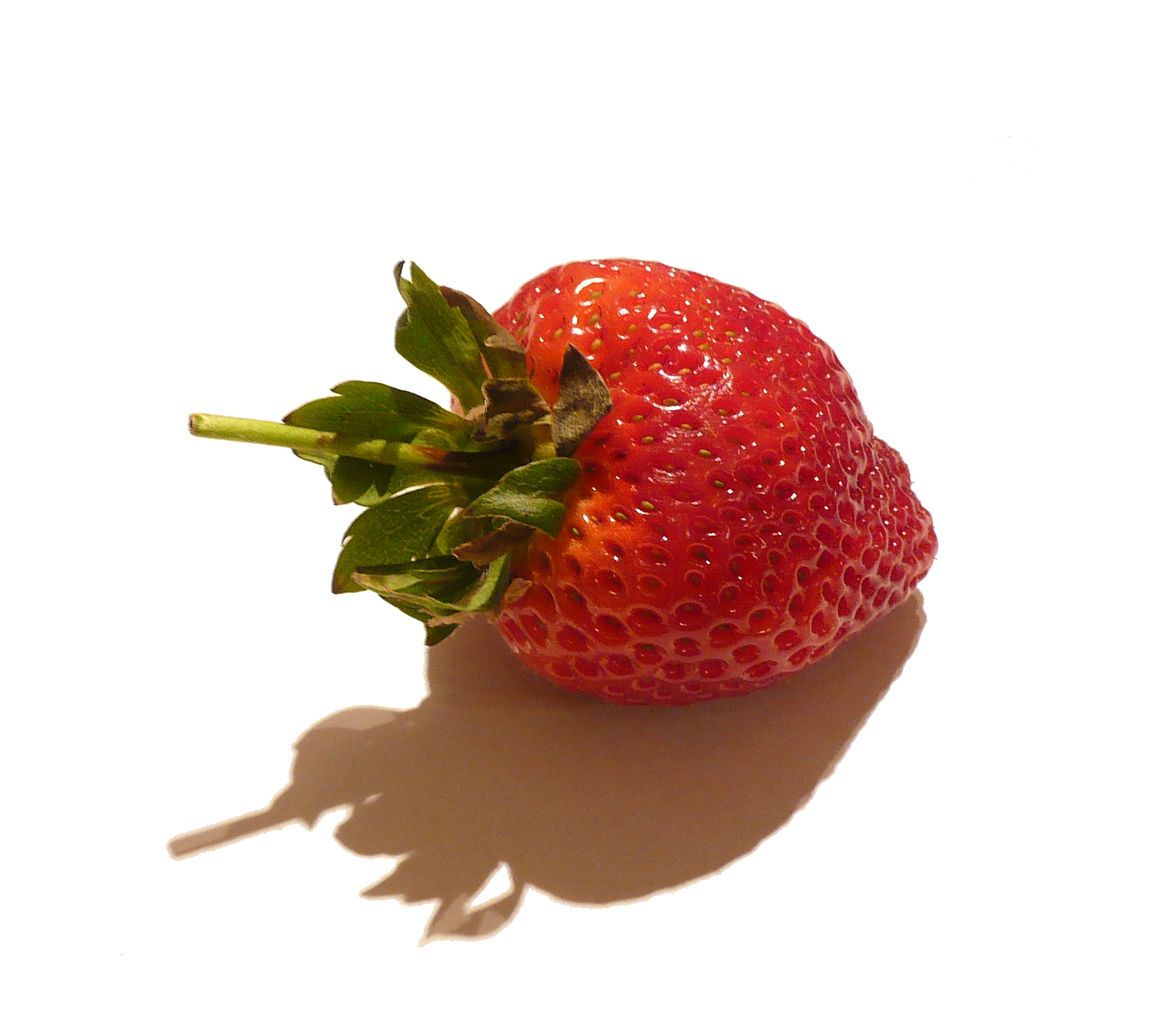Camarosa Strawberry Care: How To Grow A Camarosa Strawberry Plant


Strawberries provide some of the earliest fruit of the season in the garden. To get an even earlier crop, try a few Camarosa strawberry plants. These early season berries are large, and the plants give a heavy yield. Camarosa can be grown outdoors in zones 5 through 8, so throughout most of the U.S. Read on for more information and tips on Camarosa strawberry care.
What is a Camarosa Strawberry?
Camarosa is one of the most common varieties of strawberry grown in southern California and shipped to grocery stores around the country. It produces a big yield of berries, and the berries are large with good form and stand up well to storage and shipping. They have a nice flavor too.
These strawberry plants grow between 6 and 12 inches (15-31 cm.) tall and wide. Depending on where you live, they will ripen and be ready to harvest between February and June. Expect to be able to harvest Camarosa berries a little earlier than other varieties you have tried.
Camarosa Strawberry Care
These strawberries grow well in beds and patches in the garden, but they also make good container plants. If your space is limited, grow one or two in pots on a patio or porch. Just be sure to pick a spot that is in full sun for the best results when growing Camarosa strawberries.
Put your strawberry plants outside once the soil has reached at least 60 degrees F. (16 C.). Strawberries of all types gobble up nutrients, so enrich the soil first with organic matter like compost. You can also use fertilizer before the flowers appear in the spring and again in the fall. Phosphorus and potassium are particularly important for berry production.
Water the Camarosa strawberry plants regularly, especially once they have started producing flowers and fruit. Continue watering in the fall, or your next year’s growth can be negatively impacted. Mulch is useful in keeping moisture in and suppressing weeds around strawberries. If you have cold winters, cover the plants with mulch after the growing season for protection until the spring.
Gardening tips, videos, info and more delivered right to your inbox!
Sign up for the Gardening Know How newsletter today and receive a free copy of our e-book "How to Grow Delicious Tomatoes".

Mary Ellen Ellis has been gardening for over 20 years. With degrees in Chemistry and Biology, Mary Ellen's specialties are flowers, native plants, and herbs.
-
 12 Lush Alternatives To A Lawn For Sustainable Spaces
12 Lush Alternatives To A Lawn For Sustainable SpacesAlternatives to a lawn are beautiful and also beneficial to your local ecosystem and its pollinators. Explore our top picks for plants to replace grass.
By Tonya Barnett
-
 Types Of Tomatoes Explained: Explore The Many Wonderful Shapes, Colors, Flavors, & Best Uses
Types Of Tomatoes Explained: Explore The Many Wonderful Shapes, Colors, Flavors, & Best UsesThe world of tomato varieties is vast and fascinating. Learn about the key types to grow in your garden, tailored to your preferences and space.
By Amy Grant